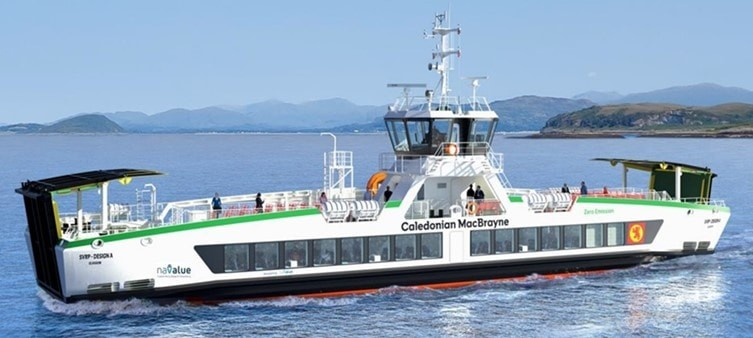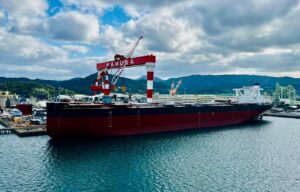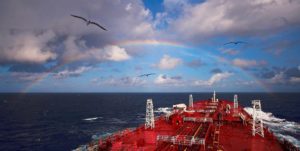Six shipyards have been selected to progress to invite to tender for the construction of seven new electric ferries, which will serve the Clyde and Hebrides network, according to Transport Scotland.
The shipyards, which include contenders from Chile, Türkiye, Poland, UK, and one multinational, were selected to progress to invite to tender after an assessment process based on their facilities, capacity, and ability to handle the project.
“The first stage of the competitive tender process assessed shipyards interested in bidding for the contract against specific criteria including facilities, capacities and capabilities to take on the project,” Transport Scotland said in its statement on Wednesday.
Estimated costs for phase 1 of the small vessels replacement programme (SVRP) are around £175m, which includes allowances for the seven vessels as well as port improvements and shore power upgrades.
The tender returns are expected by January 2025, with a view to awarding the contract in March 2025.
According to the minister for Agriculture and Connectivity Jim Fairlie, the intention is that these ferries would be deployed on seven existing routes but would bring also benefits to two other routes from the redeployment of existing vessels.
Jim Fairlie said that “The Scottish Government is absolutely committed to improving our ferry fleet to better meet the needs of island communities, so I’m very pleased to see the second stage of procurement process for seven new small vessels get underway today.
“The new vessels will also be electric, helping us to deliver a significant improvement in emissions and local air quality.”
Kevin Hobbs, chief executive at CMAL, said: “We received interest from many shipyards across the world, and carried out a robust assessment against set criteria, including their suitability to take on this project.
“Six shipyards scored the highest across the criteria, and have now been issued an ITT for the contract. We look forward to reviewing the tender documents in the new year, and delivering the electric vessels which will continue our rejuvenation of the fleet and shore infrastructure for island communities.”



